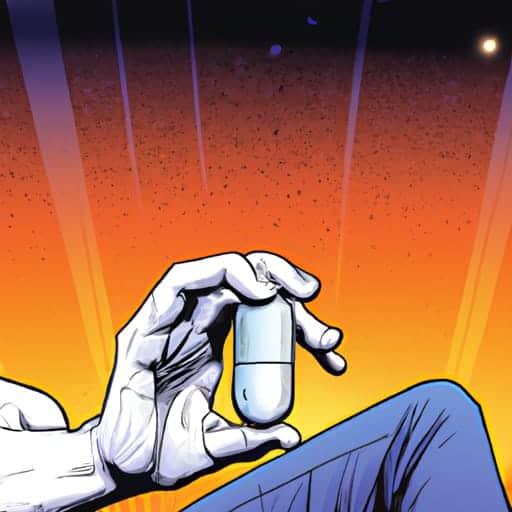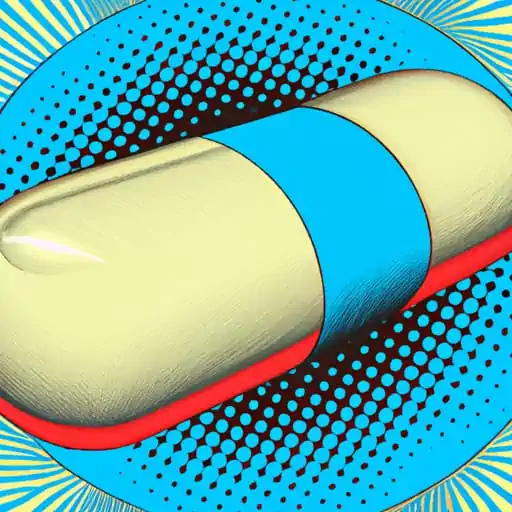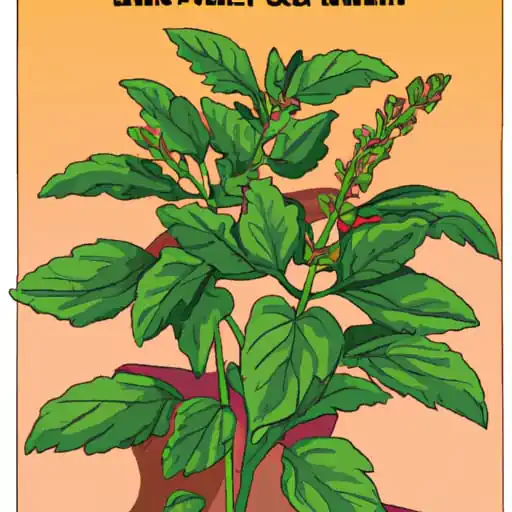Kratom vs Kava: Which One is Better for You?

Both kava and kratom are plants that have been used for their effects on the body and mind in traditional medicine for hundreds of years. They are natural products and each has been used as a herbal remedy and sometimes in religious ceremonies. There are, however, some big differences between the two. In recent years, they have become more popular in English-speaking countries as herbal supplements.
There are key differences between the two.
The effects they have is one of the main ways in which kava and kratom are different. Kava is a plant that grows in the Pacific Islands and has been used for centuries to help people relax and reduce the symptoms of anxiety. It is usually drunk as a drink made from the ground roots of the plant. Kratom, on the other hand, is a Southeast Asian plant that has been used for centuries for its stimulating effects at low doses and calming effects at high doses. Most of the time, it is taken as a powder or in a capsule.
The safety of kava and kratom is another difference between the two. When taken in the amounts recommended, kava has been shown to be safe and not cause any major side effects. On the other hand, Kratom has been linked to a number of bad effects, such as nausea, vomiting, constipation, and a higher risk of getting hurt. You can also take too much kratom, which can be very bad for your health.

Kava vs Kratom: The Important Differences You Need to Know
Two of the most popular herbal medicines used today are kava and kratom. They are very different plants. Both of the herbs have effects that are similar, but they are also different in some ways.
The main difference is between the sedative and stimulant effects each plant gives and this in turn relates to the different ways they interact with two key neurotransmitter systems in the human brain: the GABA receptors and the opioid receptors.
Kratom is known for making people feel calm and relaxed, while kava is known for making people feel more awake and boosts energy levels.
Compared to kava, kratom only needs a small dose, which means it can be used as a stimulant at lower doses or to help you sleep at high doses, but see the details below.
Information About The Kava Plant
The Pacific Islands, such as Fiji, Tonga, Papua New Guinea and Vanuatu in the Western Pacific, are where kava comes from. It belongs to the pepper family (scientifically known as piper methysticum). In this Pacific Region it is locally known as kava kava
Kava Kava is a tropical plant that usually grows to be 3–4 metres tall (10-13 feet). It has green leaves that look like hearts and stems that are hard. The kava drink is made from the roots of the kava plant. These roots are usually harvested after the plant has grown for 3–4 years.
Kava plants can grow in many different kinds of soil, but they do best in a tropical climate with a lot of sunlight and soil that drains well. They don’t get bugs or diseases, and they aren’t too hard to take care of.
When the root is taken, cuttings are taken from the lower stems or the younger stems.
Noble kava is a term for certain types of the kava plant (Piper methysticum) that are thought to have the best qualities for use in traditional South Pacific kava ceremonies and to make kava products. People think that these varieties make kava that tastes more balanced and pleasant and has fewer side effects than other types.
Information About the Kratom Plant
Mitragyna speciosa, which is also called kratom, is a an evergreen tree native to Southeast Asia. Thailand, Indonesia, and Malaysia are all part of this region. It is from the coffee family and is known for its leaves, which can be used to wake people up or calm them down.
The kratom plant is a tropical tree that can grow as tall as 9 metres (30 feet). It has green leaves that are shiny and smooth grey bark. People often use kratom powder or capsules, which are made from the leaves of the kratom plant. Kratom leaves are usually picked when they are fully grown, which usually takes between 3 and 5 years.
Kratom plants grow best in tropical areas with a lot of sun and soil that drains well. They don’t get bugs or diseases and aren’t too hard to take care of.
There are different kratom strains.

Legality of Kava and Kratom
Is Kava Legal?
Yes, kava can be bought and sold in the United States. Kava can be found in capsules, tablets, and drinks, among other things. It can be bought online or in stores that sell dietary supplements. Even though kava is legal in the United States, it is important to know that different states have different rules about it. Some states may have rules about how and where you can buy and use kava. Before taking kava or any other drug, it’s always a good idea to check the laws in your state.
Kava is illegal in the UK.
is Kratom Legal?
In the United States, the laws about kratom are not very clear. At the federal level, it is not a controlled substance right now. But kratom is illegal in some states, and it is also governed by a number of local rules. In Alabama, Arkansas, Indiana, Rhode Island, Vermont, and Wisconsin, kratom will be illegal as of January 2021. It is also against the law in these states to bring kratom in.
In addition to state and local laws, the U.S. Food and Drug Administration (FDA) has warned about the risks of using kratom, such as the chance of becoming addicted, having trouble breathing, or even dying. The FDA has also taken shipments of kratom that came into the country and destroyed them.
Kratom is illegal in the UK.
Is Kava or Kratom a stimulant or depressant?
Kava is A Sedative
Most people think of kava as a body relaxant and a mild sleep aid because of how it affects the body and mind. It is not a stimulant; instead, people think it makes them feel calm and peaceful. It has been shown that kava may help reduce anxiety, and it is often used as a natural alternative to prescription anxiety medications.
Kratom Is A Sedative and A Stimulant At Different Doses
People think that kratom has stimulant effects in small doses, like making you more alert, energetic, and outgoing. In large doses, kratom can make you feel calm and relaxed. This is because it is a sedative. The exact effects of kratom depend on the person taking it and how it was made.
In short, kratom can work as a stimulant in small amounts and as a sleep aid in large amounts. The effects of kratom can be very different depending on how much you take and who you are. It is important to know the risks and benefits of taking kratom.
Are Kava and Kratom addictive?
There is some evidence that both kava and kratom could be addictive.
People often drink a drink made from the ground roots of the plant, which is called kava. Even though kava is usually safe when taken in the right amounts, there have been rare reports of people becoming addicted to it. But the risk of becoming addicted to kava seems to be low compared to the risk of becoming addicted to prescription drugs or illegal drugs.
Kratom is a plant that grows in Southeast Asia. It has been used for centuries as a stimulant at low doses and a sleep aid at high doses. There is some evidence that kratom may be addictive, especially when it is used in large amounts or for long periods of time. People who have used drugs or been addicted to drugs in the past may be more likely to become addicted to kratom.
In conclusion, both kava and kratom may be addictive, but the risk of becoming addicted to kava seems to be low while the risk of becoming addicted to kratom is greater.
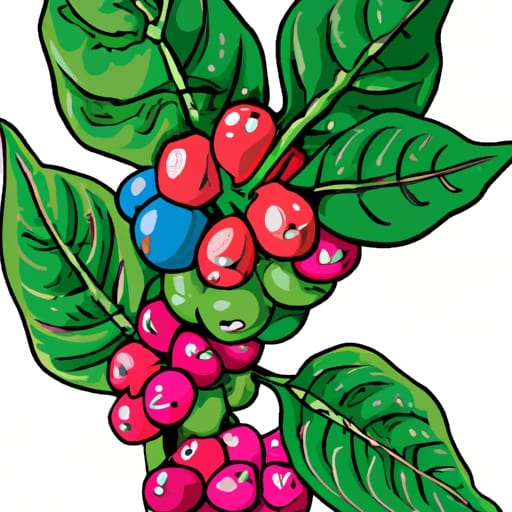
What Are The Side Effects of Kava v Kratom?
Kava Side Effects
When taken in the right amounts, kava is thought to be safe for most people. But, like any other drug, kava can cause side effects. Some of the most common kava side effects are:
- Drowsiness
- Dry Mouth
- Nausea
- Headache
- Dizziness
- Stomach upset
In rare cases, people who take kava have had more serious side effects, like liver damage and allergic reactions.
Kratom Side Effects
Common side effects of kratom at low to moderate doses may include:
- Nausea
- Vomiting
- Dry Mouth
- Constipation
- Urinating more often
- Itching
- Dizziness
At higher doses, kratom can have stronger sedative effects, like making you feel euphoric and changing your state of mind. When you take too much kratom, your breathing may slow down, which can be life-threatening. Psychosis and other mental health problems have been reported.
In addition to the side effects that happen right away, there is some evidence that long-term use of kratom may increase the risk of addiction and other serious health problem

How to Take Kava vs Kratom
How to Consume Kava
There are a number of ways to consume kava, including:
- Drinking kava as a beverage: Kava can be prepared as a drink by mixing the ground roots of the plant with water or coconut milk. The resulting ‘tea’ is typically consumed for its relaxing effects.
- Taking kava capsules or tablets: Kava is also available in capsule or tablet form, which can be taken orally. The dosage and frequency of kava capsules or tablets will depend on the specific product and the intended use.
- Using kava topically: Some people use kava topically to reduce muscle tension and promote relaxation. Kava can be applied as a cream or lotion to the skin, or it can be added to a warm bath.
How to Consume Kratom
There are several ways to consume kratom, including:
- Drinking kratom as a tea: The dried leaves of the Kratom tree can be brewed into a tea and consumed for their potential effects.
- Taking kratom capsules or tablets: Kratom is also available in capsule or tablet form, which can be taken orally. The dosage and frequency of kratom capsules or tablets will depend on the specific product and the intended use.
- Ingesting kratom in powder form: Kratom powder can be mixed with water or another liquid and consumed orally.
- Smoking kratom: Some people smoke kratom, but this is not a common method of consumption and may not be safe.
Kratom vs Kava Pharmacology
Both plants have active natural ingredients
Pharmacology of Kava
The psychoactive ingredients in kava are a group of compounds called kavalactones, which are found in the root of the kava plant. There are 18 different kavalactones in the kava root, and the specific mix of kavalactones can vary depending on the specific strain of kava plant.
The kavalactones in kava are thought to be responsible for its effects on the body and mind. These effects may include relaxation, improved mood, and reduced anxiety. Kavalactones are also thought to have analgesic (pain-relieving) and muscle-relaxant properties.
The pharmacological effects of kava are thought to include blocking voltage-gated sodium ion channels, increasing the binding of ligands to gamma-aminobutyric acid (GABA) type A receptors, reducing the release of excitatory neurotransmitters by blocking calcium ion channels, and decreasing the reuptake of noradrenaline (norepinephrine) by neurons.
There is limited research on the potential for kava to cause withdrawal effects, but some studies have suggested that kava may have the potential to cause withdrawal symptoms when it is used in high doses or for long periods of time. According to the National Institute on Drug Abuse (NIDA), the potential withdrawal effects of kava may include:
- Insomnia
- Headaches
- Agitation
- Dizziness
- Loss of appetite
It is important to note that the severity and duration of kava withdrawal can vary depending on the individual and the specific circumstances. Some people may experience more severe withdrawal symptoms than others, and in some cases, the symptoms may persist for an extended period of time.
Pharmacology of Kratom
The psychoactive ingredients in kratom are a group of compounds called alkaloids, which are found in the leaves of the kratom plant. The most well-known alkaloids in kratom are mitragynine and 7-hydroxymitragynine, which are thought to be responsible for the majority of kratom’s effects on the body and mind.
Mitragynine and 7-hydroxymitragynine are believed to as opiate receptor agonists in the brain, which may produce effects similar to those of opioids, such as pain relief and sedation. This also raises the possibility that they might cause something similar to opioid addiction.
The exact mix of alkaloids in kratom can vary depending on the specific strain of the plant, and this may affect the potential effects of the plant.
Kratom is not an opioid, but it binds to some of the same receptors in the brain as opioids do, and when taken in large amounts, it can have similar effects.
Some people use kratom instead of opioids or to help with the withdrawal symptoms. But there isn’t a lot of scientific evidence to support these uses, and it hasn’t been proven that kratom is safe or effective for these things.
Kratom shares some of the downsides of the opiate family. These include respiratory arrest at high doses and a withdrawal effect.
There is some evidence to suggest that kratom may have the potential to cause withdrawal effects when it is used in high doses or for long periods of time. According to the National Institute on Drug Abuse (NIDA), the potential withdrawal effects of kratom may include:
- Aggression
- Irritability
- Emotional changes
- Muscles aches
- Runny nose
- Jerky movements
- Hostility
- Emotional changes
It is important to note that the severity and duration of kratom withdrawal can vary depending on the individual and the specific circumstances. Some people may experience more severe withdrawal symptoms than others, and in some cases, the symptoms may persist for an extended period of time.
Duration of Effects of Kratom vs Kava
Effects: Both kratom and kava have similar effects on the body, such as relaxation and euphoric effects. The effects of kratom and kava can last between 4 and 6 hours, depending on the dosage.
Duration of effects: Kratom lasts for about 4-6 hours, while kava may last for up to 8 hours.
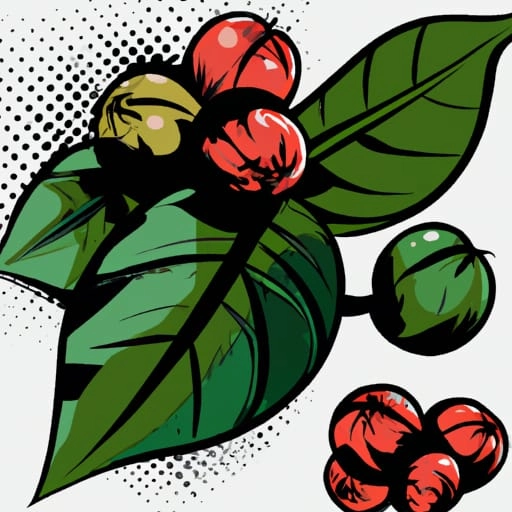
Conclusion: Kava vs Kratom?
It depends what you want. It seems to me that if you want relaxation, the kava is the way to go. It is less toxic (though note some concerns about liver problems) and not addictive. On the other hand, kratom is a stimulant at low doses but a relaxant at high doses, though also potentially dangerous at high doses. Kratom is more addictive than Kava.
They are both widely legal, but Kratom is still illegal in some places. There is a big difference from the reverent use of these plants in traditional ceremonies and their consumption as a recreational drug.
I think if you are looking for a plant-based anti-anxiety remedy then go for kava. If you are looking for a mild stimulant, then try coffee.
There’s nothing much about kratom that appeals to me personally. The better option seems to be kava.
Whichever you choose, make sure you’re getting high-quality products. If you are taking any over-the-counter or prescription medications, you should seek medical advice, particularly if you experience negative effects.
Related Articles
What is the best Kava for Sleep?


